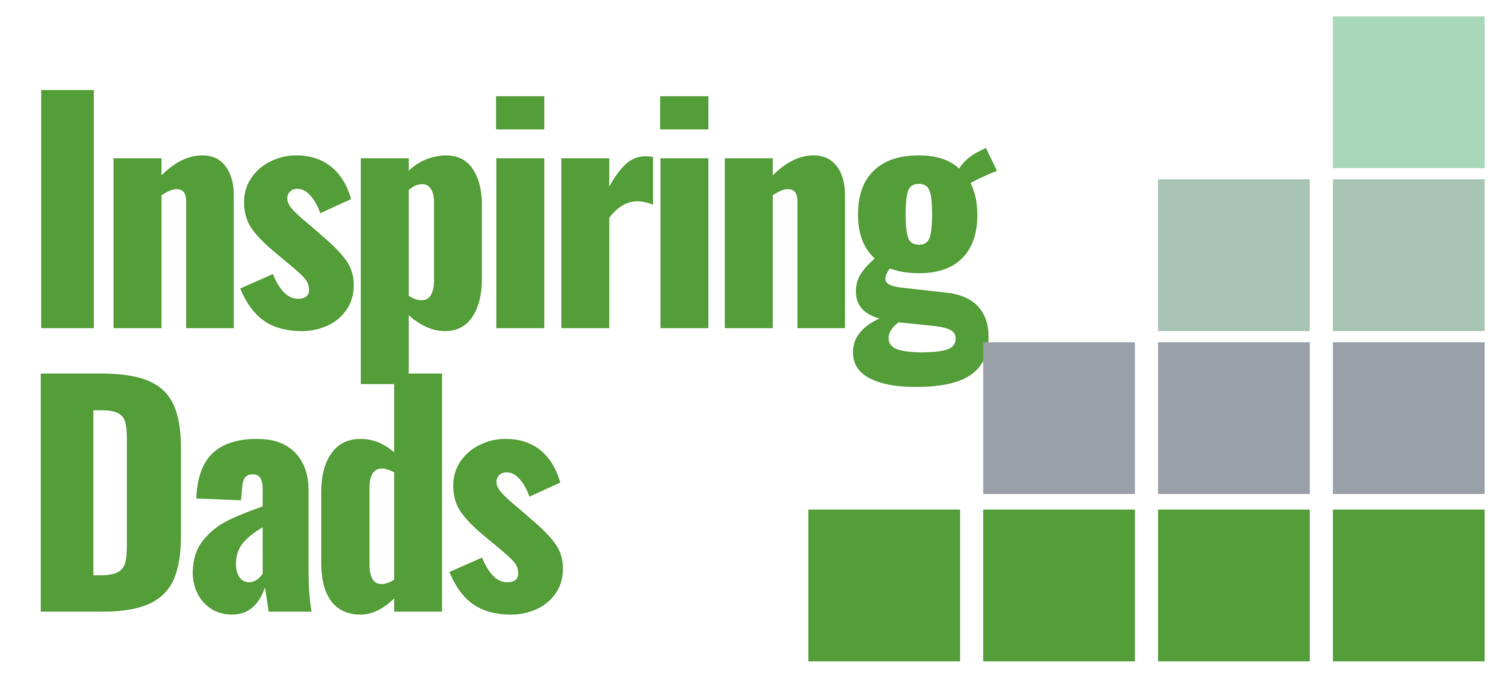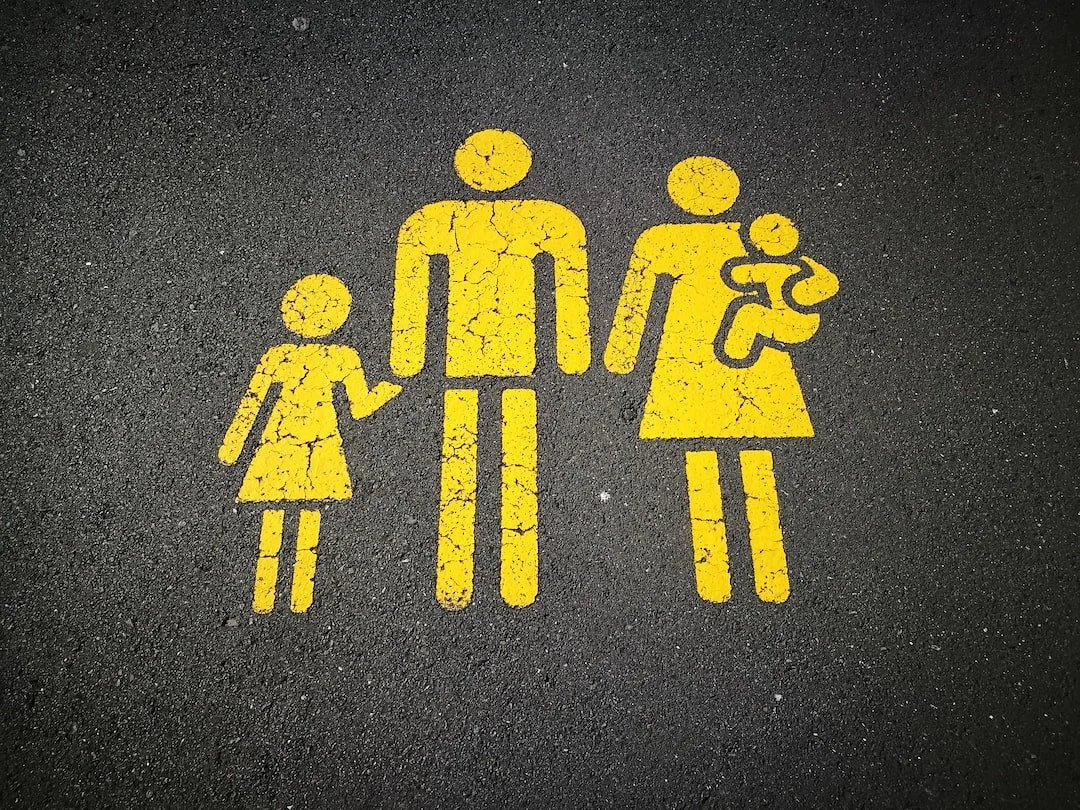The Revolution? Hybrid Working And The Productivity Challenge.
The Revolution? Hybrid working and the Productivity Challenge.
In 2019, former naval officer, James Edmondson, wrote a piece for The Homeworker magazine, a publication dedicated to “helping you thrive and achieve a happier, healthier, more productive lifestyle when you work from home.”
It was called:
“Joining the Revolution”
It was a frank piece about his worry and stress about how "working from home” was perceived and his own personal bias from a 20 year career in the Royal Navy:
“The concept of working from home was alien to me; in my mind it was something writers or artists might do”
The anxiety about what other people might think is beautifully illustrated by the sense of over compensating
“To over compensate for this and the overall feeling that I was ‘working from home’, I started sending people in the office pointless emails and Lync messages.
In my mind, the conversations would go like this: “Where’s James?” “Oh, he’s working from home today, but I saw that he’d logged on at 8 am and I’ve already seen a bunch of emails from him.” “Great, so he’s actually working.” “
A sense of relief to have survived “Working. From. Home”
“The feeling of utter relief when the clock struck 5 was palpable; I had made it through the day without anyone phoning up asking me where I was or why I wasn’t at my desk. It was relief that I hadn’t been accused of: “Working. From. Home”.”
Anxiety, productivity and foresight
“I hadn’t enjoyed the experience one bit, and in fact the chronic low-level anxiety that resided inside of me throughout the day was awful. Yet, I had been incredibly productive, completing some important work, work that had I had been in my office would probably have taken me three or four days to do.
Having the option to work from home in a flexible manner that allows a workforce to fit work around their busy lives is a game-changer and something I believe the working world must embrace as widely as possible.”
You can access the full interview here in issue 5, “2020 Vision” https://www.thehomeworker.com/back-issues
James reflects on home working in a pandemic
Now in early 2021, I went back to James and asked him how things had changed.
Not ideal
“Since writing my article for The Homeworker at the end of 2019, Covid-19 and the move to a larger house has shifted my perspectives again on working from home. The pandemic forced many of us to work from home almost overnight. The anxiety that I used to feel about working from home now seems absurd. Working from home now feels completely normal, though, in its current format, not ideal.
The Positives
For me the positives about working from home remain unchanged from my original article. The lack of commute, more family time, more time to spend focused on deep work and lots of money saved on not buying coffee are brilliant aspects to this way of working. The only big difference for me is around productivity.
Challenges around productivity and interaction
I am very conscious of those missed spontaneous and chance interactions that I would have in the office. Those touch points generated so many ideas, fostered collaboration and ultimately drove my productivity. Forced to work almost exclusively from home I get too much time to myself. Zoom calls are not the same, they are not chance encounters or spontaneous. It is this that I believe is the hidden cost around productivity.
Mental health issues
Culturally, my organisation is beginning to observe worrying second and third order affects of the changed way of working. Many of my colleagues are struggling through lack of contact and support that the office environment fostered. Whilst out in the field, we are seeing people taking time off work through mental health issues. They often cite the lack of contact from managers as the principal cause of their problem.
Optimism for a hybrid future
I am, however, optimistic for the future. For those of us who can work either from home or the office I expect our working practices to adopt a hybrid model. I can see me rarely having 5 days in office in a row. Instead, I expect I will work 2 days in the office, 2 days at home and 1 day out and about visiting / talking to people. From a work perspective that would be an excellent outcome to this dreadful crisis.”
What can we learn from James’ experience?
Covid-19 has been tough on parents, with the burden of domestic and childcare responsibilities falling more heavily on mums but with research from the Office for National Statistics finding that the number of hours men were spending on childcare increased by an average of 58% during the first lockdown. While Daddilife found a post-lockdown desire to be more heavily involved at home with more quality family time (32%) first, followed by more flexible (25%) and remote (19%) working.
One of the obvious upsides to the pandemic has been a cultural shift around perceptions about men who work flexibly and remotely. Not only the perceptions and understanding of those who do it, but also men’s own perception and sense of job risk for not being anything other than fully committed to work.
Without doubt, pandemic work patterns have not been ideal, but the benefits that men like James have experienced, point to a brighter future with more choice as to how and where to work and less stigma attached to men who seek to create better balance for themselves and their families and to be the active and involved fathers they may not remember growing up.
de-gendering and de-stigmatising
Finally some important words from Molly Johnson-Jones, at Flexa Careers interviewed in The Homeworker Blog
The past year has also shifted attitudes towards flexible working. With more men experiencing flexible working, the term has become “less gendered” according to . “Men now want flexible working almost as much as women (68% vs 74%) and are just as likely to ask for it as women (55% would ask for flexible working).
“In addition, some of the stigma around flexible working has started to shift. It’s no longer seen as ‘shirking from home’, or at least not by the majority of the population. By simultaneously de-gendering and de-stigmatising the term ‘flexible work’ we remove the negative connotations of women in the workplace – that we are less committed or productive because of our circumstances.”













A new generation of dads wants be an active and involved parent and thrive at work - and this represents a major opportunity for families, the workplace and society.